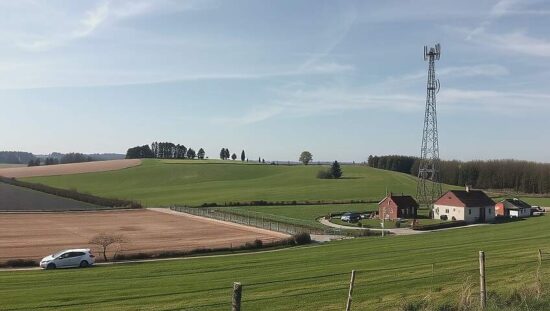Germany’s Mobile Network Coverage Remains a Concern, Agency Says
Germany’s mobile network coverage, particularly in rural areas, remains a pressing issue, according to the country’s telecommunications regulator, the Bundesnetzagentur. The agency’s president, Klaus Müller, expressed disappointment at the current state of the mobile network, citing “white spots” where coverage is non-existent.
While 97.53% of Germany’s land area is covered by 4G and 93.85% by 5G, a small but significant portion of the country lacks even the most basic 2G coverage. Müller stated that 2.1% of the country, approximately 7,500 square kilometers, has no 4G or 5G coverage and a further 0.2% of the area, roughly 750 square kilometers, has no mobile network at all, not even 2G.
The Bundesnetzagentur has set a target for the country’s mobile network providers to cover at least 99.5% of the land area with a minimum speed of 50 Mbit/s by 2030. Müller emphasized that the remaining 0.5% of the country, which will likely be the most hard-to-reach areas, will require special attention.
The issue of mobile network coverage is not just a matter of convenience, but also has implications for the country’s digital infrastructure, rural development and even democracy. Müller noted that a lack of mobile network coverage in rural areas can lead to feelings of isolation and even resentment among the population.
The agency’s efforts to improve mobile network coverage are ongoing, with a focus on ensuring that even the most remote areas have a basic level of coverage. While the need for high-speed mobile internet may not be immediate in all cases, the importance of a reliable and widespread mobile network cannot be overstated, Müller emphasized.





